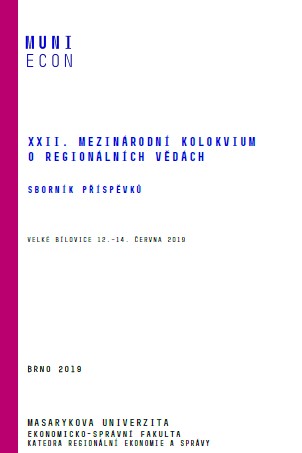VYSOKÉ ŠKOLY V STREDNEJ A VÝCHODNEJ EURÓPE – ŠTRUKTURÁLNE A PRIESTOROVÉ ASPEKTY
HIGHER EDUCATIONAL INSTITUTIONS IN CENTRAL AND EASTERN EUROPE – STRUCTURAL AND SPATIAL ASPECTS
Author(s): Štefan Rehák
Subject(s): Regional Geography, Higher Education , Methodology and research technology, Economic development
Published by: Masarykova univerzita nakladatelství
Keywords: higher education institutions (HEI); Central and Eastern Europe; spatial and structural analysis;
Summary/Abstract: Universities in Central and Eastern Europe have a different history compared to universities in developed market economies. Research on the impact of universities on regional development should be aware of and respect the structural dissimilarities as well as variations in the spatial structure of universities. This article aims to identify the main differences of higher education institutions in these countries. We use simple descriptive analysis of university data in the ETER database, and we document the results both graphically and by map outputs. The analysis shows that the main differences are as follows: smaller size, shorter period of existence, higher representation of private schools, lower quality of universities and higher rate of concentration in the capitals city regions. Subsequently, we discuss the implications of these differences for the impact of higher education institutions on regional development in Central and Eastern Europe.
Book: XXII. Mezinárodní kolokvium o regionálních vědách: Sborník příspěvků
- Page Range: 209-216
- Page Count: 8
- Publication Year: 2019
- Language: Slovak
- Content File-PDF

